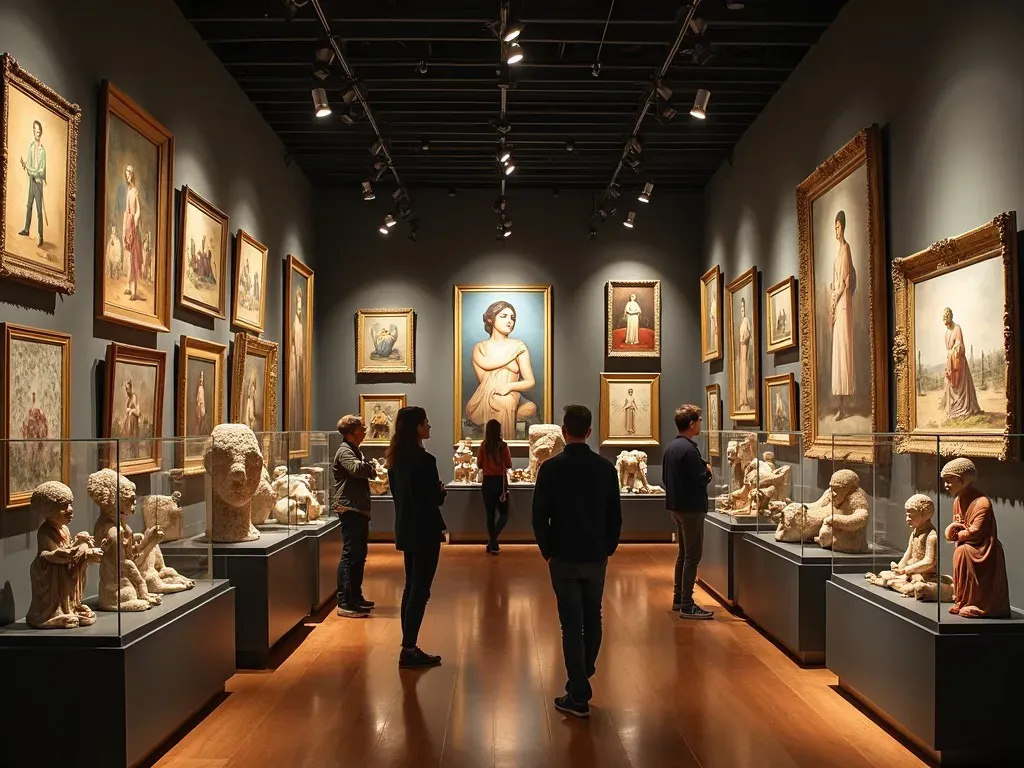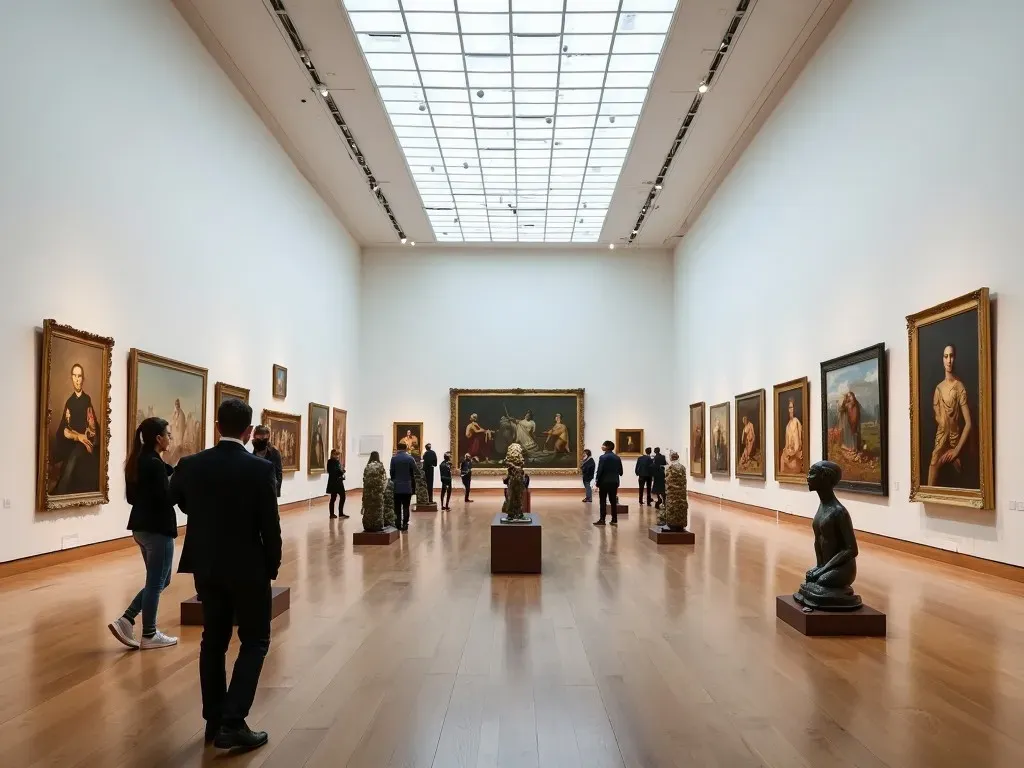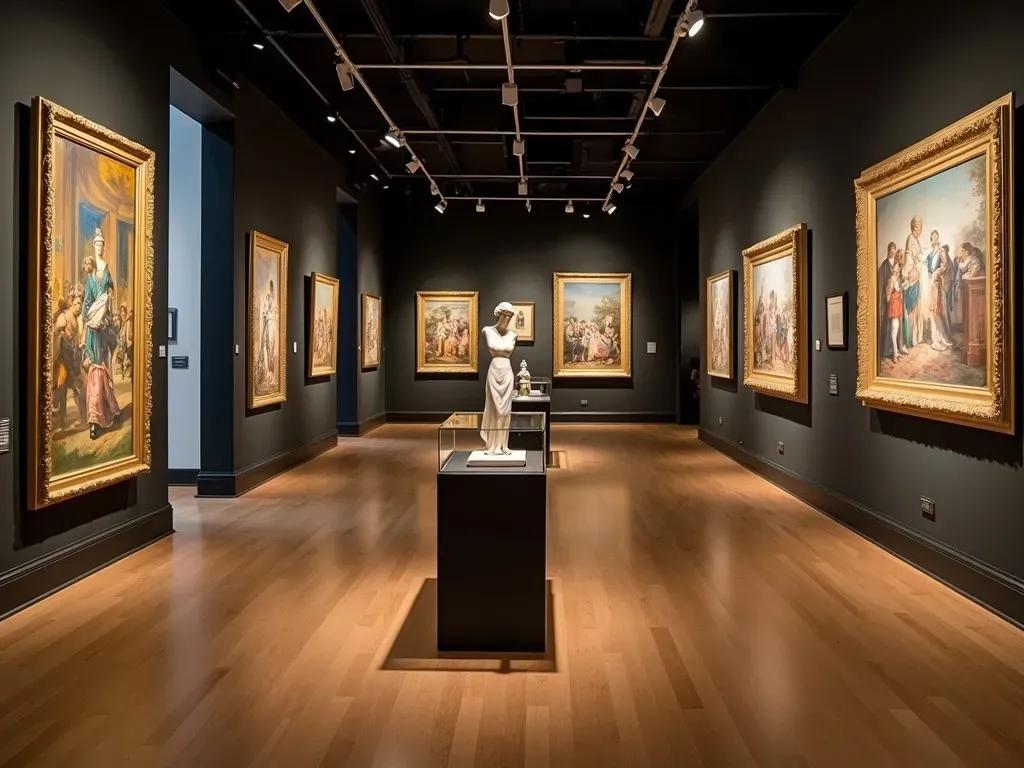Collection Artwork refers to curated pieces of art that form a cohesive ensemble, often united by a theme, style, or historical significance. Collecting artwork can be an enriching experience, providing both aesthetic pleasure and an intellectual journey through the ages.
The Significance of Collection Artwork
In recent years, the world of collection artwork has gained immense popularity, as art enthusiasts and novices alike are eager to create spaces that reflect their personal styles. Collection artwork ranges from paintings to sculptures, photography, and more, often connected through the artist’s unique vision, medium, or period. The beauty of a well-curated collection can transform any space, telling stories and evoking emotions through thoughtfully chosen pieces.
Benefits of Collecting Art
- Cultural Appreciation: Engaging with art allows collectors to connect with diverse cultures and historical narratives.
- Investment Potential: Art can appreciate over time, making it a viable investment option when pieces are carefully selected.
- Personal Satisfaction: The pursuit of art can be a fulfilling journey, offering joy and an avenue for self-expression.
Facts and Figures
| Year | Global Art Market Value (in billions) |
|---|---|
| 2018 | $67.4 |
| 2019 | $64.1 |
| 2020 | $50.1 |
| 2021 | $65.1 |
| 2022 | $74.0 |
Source: Art Basel and UBS Global Art Market Report 2023
Key Components of an Art Collection
1. Theme
A collection often revolves around a central theme, whether it’s centered on an artist, a genre (like modern art or classical), or a specific subject matter.
2. Medium
From oil painting to watercolor, photography, and mixed media, the medium of the artwork can dramatically affect a collection’s overall feel.
3. Historical Context
Understanding the historical background of specific pieces can further enrich the collection. Many collectors seek works that represent significant movements or moments in art history.

Where to Find Inspiring Collection Artwork
Art collections can be found in numerous venues ranging from art galleries to museums. Listed below are some prominent institutions known for their impressive collections:
| Institution | Description | URL |
|---|---|---|
| National Gallery of Art | Features artworks from Byzantine to Contemporary Art. | National Gallery of Art |
| The Metropolitan Museum of Art | Showcases over 490,000 works spanning 5,000 years of art. | The Met Collection |
| Museum of Modern Art (MoMA) | Boasts an evolving collection of modern and contemporary art. | MoMA |
| Art Institute of Chicago | Offers a wide array of artworks from renowned icons to lesser-known pieces. | Art Institute of Chicago |
| Solomon R. Guggenheim Museum | Features a vast collection of 19th- and 20th-century artworks. | Guggenheim Collection |
Curating Your Own Collection Artwork
Creating a collection artwork can be both exciting and daunting. Here are key steps to guide you in your journey:
Step 1: Define Your Purpose
Before diving into collecting, consider what you hope to achieve. Are you collecting for aesthetic pleasure, investment, or educational purposes?
Step 2: Research
Familiarize yourself with different art movements, styles, and artists. Gather insights from reputable art journals, websites, and museum catalogues.
Step 3: Start Small
Begin with a few pieces that resonate with you. These could be prints, paintings, or sculptures.
Step 4: Attend Exhibitions
Visit museums, galleries, and local art shows. Engaging directly with artists and artworks can enhance your appreciation and knowledge.
Step 5: Network
Join art communities or forums, attend workshops and discussions. Connecting with fellow enthusiasts can provide insights and Inspiration.

FAQs About Collection Artwork
Q1: What is the difference between original art and prints?
A1: Original art usually refers to unique pieces created directly by the artist, whereas prints are reproductions created from either an original artwork or an artist’s digital file.
Q2: How do I determine the value of my art collection?
A2: The value of art can depend on various factors, including the artist, rarity, condition, and provenance. Consulting with a qualified art appraiser can provide a detailed valuation.
Q3: Can I collect art on a budget?
A3: Yes! Many emerging artists sell their work at accessible prices, and art fairs often have a wide variety of affordable options. Online platforms also offer a diverse range of pricing.
Q4: Is there a recommended space to display my collection?
A4: Optimal display spaces include well-lit areas, like living rooms or dedicated art rooms. Works should be hung at eye level and should complement the surrounding decor.
Q5: What type of maintenance does artwork require?
A5: Maintenance may include dusting, climate control, and ensuring pieces are protected from direct sunlight and humidity, which can degrade quality.

Final Thoughts
The journey of building a collection artwork is both rewarding and educational. As you explore various pieces, artists, and art movements, you will find opportunities not only to enhance your space with beauty but also to foster a deeper understanding of the creative process and history behind the art world. Whether you are a seasoned collector or just beginning, the story told by a thoughtfully curated collection is one that resonates with every observer.
For more insights into art collecting, visit the official websites of major art institutions and resources like National Gallery of Art, which delve into the stories behind countless artworks.
